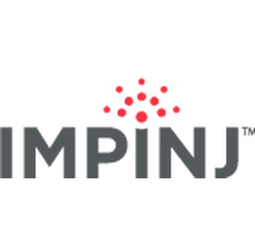Impinj
Case Studies
Retail Uses RFID to Enable Cold Chain Monitoring
Overview
 |
Retail Uses RFID to Enable Cold Chain MonitoringImpinj |

|
Functional Applications - Remote Monitoring & Control Systems Networks & Connectivity - RFID Sensors - RFID Readers Sensors - Temperature Sensors Wearables - Tags & Patches | |
Consumer Goods | |
Logistics & Transportation | |
Supply Chain Visibility | |
Operational Impact
| [Cost Reduction - Labor] Labor cost savings | |
| [Efficiency Improvement - Quality Assurance] Increased product shelf-life | |
Quantitative Benefit
22% reduction in supplier costs | |
97% reduction in data evaluation times | |
five minutes to eight seconds | |


